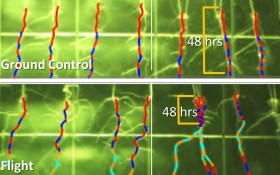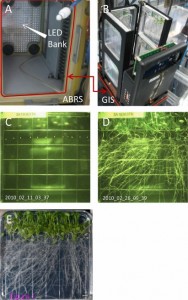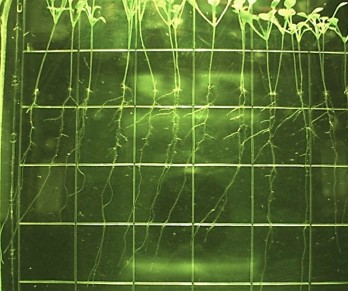How does zero gravity affect plants? The answer. It doesn’t. The implications of this discovery are extraordinary. It means we can farm in space knowing that space-grown plants will pretty much grow like they do here on Earth.
How do we know this? A research study published in BMC Plant Biology this month shows that in an on board experiment at the International Space Station (ISS), a plant growth habitat was continuously monitored to track growth. This included constant photographic surveillance over a period of several days. What the plants showed us is that roots grow in the opposite direction of the principal light source just as they do here on Earth. It’s not gravity, therefore, that makes plants shoot roots into the soil and branches into the air. It’s their phototropic response that is the determiner. Plants respond to light.

For long duration human space flight the results of this experiment have significant implications. Ultimately, the long-term success of human spaceflight requires that we create self-sustaining ecosystems on board space habitats. Otherwise all human exploration in space will require us to carry not only the fuel necessary for flight but all consumables as well. With experiments like this we are examining the possibility of being able to grow our food in space. Will the technology we employ be much different from that we currently are deploying for vertical urban farms? It doesn’t appear to be much different at all which is very encouraging.

The next step is to begin experiments on the International Space Station and here on Earth to further develop closed ecosystems that are self-sustaining. Last week I wrote about efforts by China to develop such technology. NASA, too, through on board experiments like the one reported here, are developing the expertise that will give humanity the means to thrive independently whether in low-Earth orbit, Deep Space, or on the Moon or Mars.
You can watch the time-lapsed imagery here.















